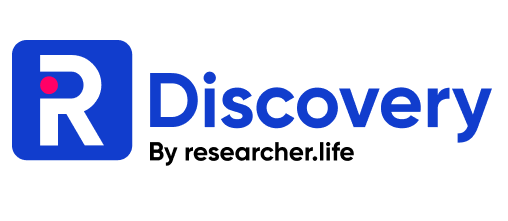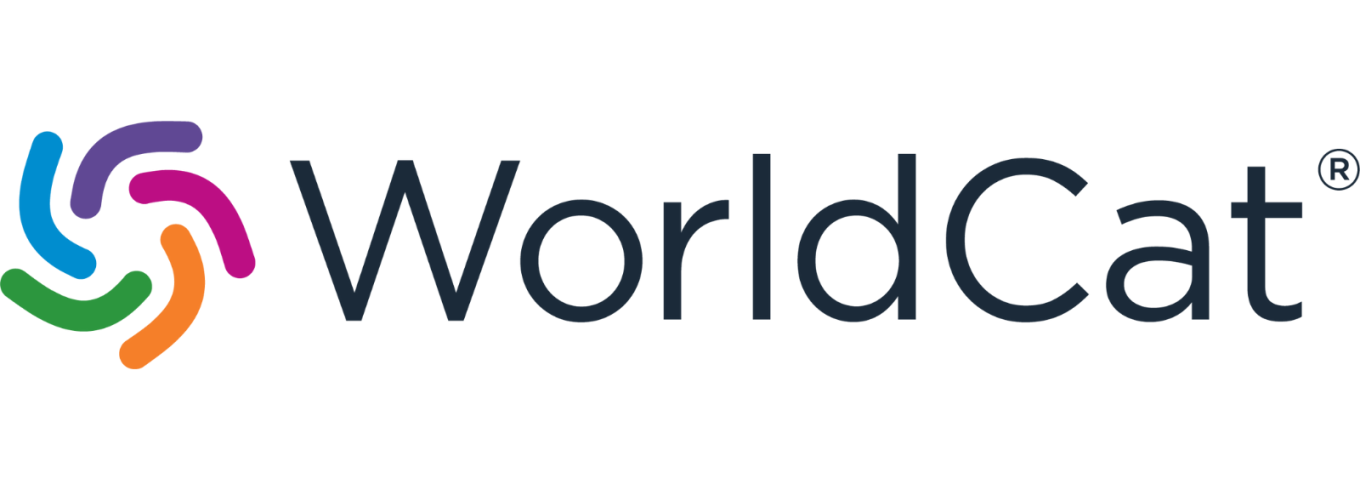Geochemical and Petrographic Analysis of Metamorphic Rocks in Aliabad Mountain, Kabul Block, Afghanistan
DOI:
https://doi.org/10.62810/jnsr.v3i2.108Keywords:
Chemical Composition, Gneiss, Metamorphic, Aliabad Mountain, XRFAbstract
The Kabul Block, a key geological feature in Afghanistan, comprises sedimentary, metamorphic, and volcanic rocks, including those of Aliabad Mountain. Despite its significance, Aliabad Mountain has received limited geochemical study. This research characterizes the lithological variations, chemical composition, and mineralogical properties of its metamorphic rocks to elucidate their protolith nature and tectonothermal history. X-ray fluorescence (XRF) and petrographic analyses were conducted on 15 rock samples collected from five localities across Aliabad Mountain. Samples were powdered, pelletized, and analyzed using a calibrated XRF spectrometer. Results indicate a silicate-rich composition, with SiO₂ ranging from 60–72 wt%. One lithological unit shows elevated Fe (5.0–6.5 wt%), Ti (0.3–0.5 wt%), Mn (0.05–0.08 wt%), and Zr (0.015–0.02 wt%), suggesting a mafic or hydrothermally altered protolith. Another unit is enriched in phosphorus (0.1–0.5 wt%) and contains apatite and trace Cu (0.001–0.003 wt%), indicating a felsic, phosphate-bearing origin. Ni (0.002–0.004 wt%) and Co (0.008–0.012 wt%) were detected only in the oxide-rich lithology, while Au, Ag, Pd, Nb, and W were below detection limits, ruling out metallic mineralization. Petrographic analysis reveals biotite gneisses and amphibolites with sedimentary textures, supporting a paragneiss origin. These findings enhance understanding of the Proterozoic Kabul Block’s geological evolution and suggest potential for construction material sourcing due to the rocks’ stable mineralogy, despite limited economic mineral potential.
Downloads
References
Barber, A. J., Zaw, K., & Crow, M. J. (Eds.). (2017). Myanmar: Geology, resources and tectonics (Vol. 48). Geological Society of London. DOI: https://doi.org/10.1144/M48
Boulin, J. (1988). Hercynian and Eocimmerian events in Afghanistan and adjoining regions. Tectonophysics, 148(3–4), 253–278. https://doi.org/10.1016/0040-1951(88)90134-5 DOI: https://doi.org/10.1016/0040-1951(88)90134-5
Broshears, R. E., Akbari, M. A., Chornack, M. P., Mueller, D. K., & Ruddy, B. C. (2005). Inventory of ground-water resources in the Kabul Basin, Afghanistan (Scientific Investigations Report 2005–5090). U.S. Geological Survey. DOI: https://doi.org/10.3133/sir20055090
Collett, S., & Faryad, S. W. (2015). Pressure–temperature evolution of Neoproterozoic metamorphism in the Welayati Formation (Kabul Block), Afghanistan. Journal of Asian Earth Sciences, 111, 698–710. https://doi.org/10.1016/j.jseaes.2015.06.002 DOI: https://doi.org/10.1016/j.jseaes.2015.06.002
Collett, S., Faryad, S. W., & Mosazai, A. M. (2015). Polymetamorphic evolution of the granulite-facies Paleoproterozoic basement of the Kabul Block, Afghanistan. Mineralogy and Petrology, 109(4), 463–484. https://doi.org/10.1007/s00710-015-0371-9 DOI: https://doi.org/10.1007/s00710-015-0371-9
Creswell, J. W., & Creswell, J. D. (2018). Research design: Qualitative, quantitative, and mixed methods approaches (5th ed.). SAGE Publications.
Doebrich, J. L., & Wahl, R. R. (2006). Geologic and mineral resource map of Afghanistan (Version 2, Scale 1:850,000) [Map]. U.S. Geological Survey & Afghan Geological Survey. USGS Open-File Report 2006-1038; AGS Open-File Report 2006-1038; USGS Afghanistan Project Product No. 071.
Faryad, S. W., Collett, S., Finger, F., Sergeev, S. A., Čopjaková, R., & Siman, P. (2016). The Kabul Block (Afghanistan), a segment of the Columbia Supercontinent, with a Neoproterozoic metamorphic overprint. Gondwana Research, 34, 221–240. https://doi.org/10.1016/j.gr.2015.02.019 DOI: https://doi.org/10.1016/j.gr.2015.02.019
Keselov, N. Y., & Peredovfske, A. A. (2019). Geochemistry fundamentals (N. Sahak, Trans.). Mostaqbil Press.
Motamed, A. (2020). Quaternary geology. Tehran University Press.
Peter, J. T. (2000). Stratigraphic and tectonic evolution of the northwestern Indian plate and Kabul Block. Geological Society, London, Special Publications, 170(1), 717–732. https://doi.org/10.1144/GSL.SP.2000.170.01.25 DOI: https://doi.org/10.1144/GSL.SP.2000.170.01.25
Rasouli, H. (2019). A study on the hydrology and geological characteristics of some river sediments in the Chak sedimentary basin, Wardak, Afghanistan. International Journal of Geology, Earth & Environmental Sciences, 9(2), 49–61.
Rasouli, H., Sarwari, M., Rasikh, K., & Hashimi, S. (2020). Geological study of the Tangi Mahi-Par Mountain Range along the Kabul-Jalalabad Road, Afghanistan. Open Journal of Geology, 10(10), 971–980. https://doi.org/10.4236/ojg.2020.1010044 DOI: https://doi.org/10.4236/ojg.2020.1010044
Rasouli, H., & Vaseashta, A. (2023). Investigation of physicochemical properties of Qalay Abdul Ali soil, Kabul, Afghanistan. Advances in Geological and Geotechnical Engineering Research, 5(3), 55–68. https://doi.org/10.30564/agger.v5i3.5773 DOI: https://doi.org/10.30564/agger.v5i3.5773
Safi, L., Safi, A. G., & Mujeeb, M. (2024). Identifying Afghanistan’s extraordinary natural sites for ecotourism: A review of ideal ecosystems. Journal of Natural Science Review, 2(4), 147–168. https://doi.org/10.62810/jnsr.v2i4.152 DOI: https://doi.org/10.62810/jnsr.v2i4.152
Sahak, N., Mosazai, A. M., & Yousufzai. (2021). Petrography fundamentals. Moustaqbil Publication.
Shamal, S., & Rasouli, H. (2018). Comparison between pH, EC, CaCO₃, and mechanical analysis of the soil in Qala Wahid and Company areas, Kabul, Afghanistan. International Journal of Science and Research, 7(1). https://doi.org/10.21275/ART20197381
Tahiryan, J. (2019). Metamorphic rocks [Unpublished master’s thesis]. Yazd University.
Teyssier, C., & Whitney, D. (2002). Gneiss domes and orogeny. Geology, 30(12), 1139–1142. https://doi.org/10.1130/0091-7613(2002)030<1139:GDAO>2.0.CO;2 DOI: https://doi.org/10.1130/0091-7613(2002)030<1139:GDAO>2.0.CO;2
Win, M., Enami, M., & Kato, T. (2015). Metamorphic conditions and CHIME monazite ages of Late Eocene to Late Oligocene high-temperature Mogok metamorphic rocks in central Myanmar. Journal of Asian Earth Sciences, 117, 103–117. https://doi.org/10.1016/j.jseaes.2015.11.023 DOI: https://doi.org/10.1016/j.jseaes.2015.11.023
Wittekindt, H., & Weippert, D. (2014). Geologisches karte von Zentral und Sud-Afghanistan (Scale 1:500,000, 4 sheets). Bundesanstalt für Bodenforschung.
Published
How to Cite
Issue
Section
License
Copyright (c) 2025 Hafizullah Rasouli, Shekeb ShamalShamal1, Abdul Waras Nabizada

This work is licensed under a Creative Commons Attribution-NonCommercial 4.0 International License.



























